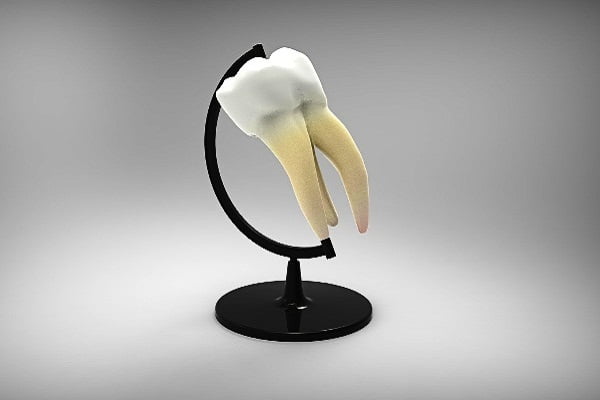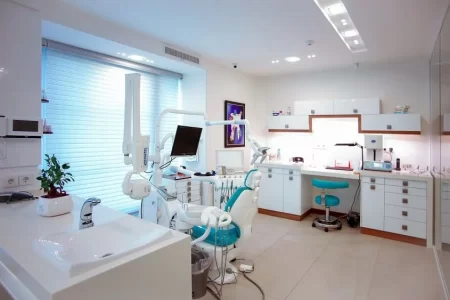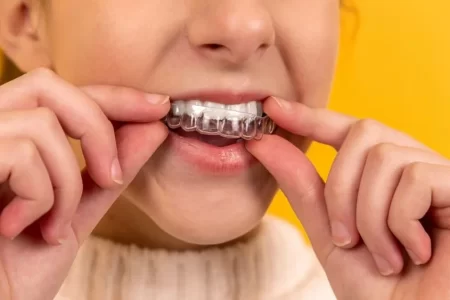Extra Teeth Removal
- Updated on: Jul 24, 2024
- 3 min Read
By
- Published on Dec 14, 2018

Removing the extra teeth (supernumerary teeth)
Extra teeth have not been allied to a single cause. It is believed that certain inherited defects, such as a cleft lip or cleft palate are related to the occurrence of hyperdontia or supernumerary teeth. The presence of extra teeth is quite common. They occur approximately 2% of the time in adult set of teeth, and less than 1% in children’s first set of teeth. Most of these teeth occur in the upper arch of teeth called maxilla. In many cases, people do not require any treatment. But sometimes, they can cause pain or difficulty in eating etc that may require their treatment. Some people may want to remove them for aesthetic reasons.
Why is hyperdontia treatment (extra teeth removal) needed?
While some cases of hyperdontia don’t require treatment, others require supernumerary teeth removal. Your dentist may recommend extra teeth removal if you:
- have a genetic condition causing the extra teeth to appear
- a problem in chewing food properly or your extra teeth cut your mouth when you chew
- feel pain or discomfort due to overcrowding of extra teeth
- have a hard time properly brushing your teeth or flossing because of the extra teeth, which could lead to tooth-decay or gum disease
- feel uncomfortable about the way your extra teeth look
- note that the extra teeth start affecting your oral health by delaying the eruption of permanent teeth or cause infection, a decay of adjacent teeth, bite interference and gum disease
If the extra teeth only cause mild discomfort, your healthcare professional may prescribe taking non-steroidal anti-inflammatory drugs (NSAIDs) for relieving pain, such as ibuprofen.
Extra tooth extraction (extra tooth removal)
When it comes to extra teeth removal, tooth extraction is the only recommended dental procedure. It is also referred to as exodontia. Extra teeth removal involves the extraction of a tooth from its socket in the jaw bone.
Indications for Supernumerary teeth Removal
Supernumerary tooth extraction is recommended where:
- incisor eruption has been inhibited or delayed
- displacement of adjacent teeth due to the extra tooth is evident
- the extra tooth is present in bone designated for implant placement
- the spontaneous eruption of the extra teeth has occurred
Methods of extra teeth removal
The basic methods of hyperdontia removal recommended by dentists are:
Simple Extractions
Simple extractions are performed on extra teeth that are visible in the mouth. General dentists commonly perform simple extra tooth extractions and are usually done under a local anesthetic, with or without anti-anxiety medications.
The dentist may grasp the tooth with specialized pliers known as extraction forceps and move them back and forth to loosen the tooth before removing it. Sometimes, a surgical cutting instrument (luxator) is used to help loosen the tooth. Read about loose tooth.
The surgical forceps places pressure on the tooth, which helps to expand the tooth’s socket and separate its ligament. As a result, the extra tooth can be taken out.
Surgical Extractions
Surgical extractions involve removal of extra teeth that cannot easily be seen or reached in the mouth, either they broke off at the gum line or they have not fully erupted. Performed by dentists or oral surgeons, surgical extractions require some type of surgical procedure, such as bone removal, extra tooth in gum removal, removing folding back all or part of the gum tissue to expose the extra tooth, or breaking the tooth into pieces (called tooth sectioning).
Surgery for different types of extra tooth located at different locations such as extra tooth in roof of mouth surgery can be done with local anesthesia or sedation. Dentists may recommend general anesthesia to young children and patients associated with special medical conditions.
Modern Extractions
While surgical cutting instruments like scalpels and dental drills are still commonly used in surgical extractions for hyherdontia removal, however, the use of dental lasers and electrosurgery in such procedures is growing rapidly.
Lasers use highly intensified light beams to cut, while electrosurgery uses controlled heat to cut the teeth. Benefits of laser surgery and electrosurgery as an aid in extra tooth in gum removal compared to traditional scalpels and dental drills include greater precision, less chance of damage to adjacent dental structures, less bleeding and discomfort, and quicker healing time.
Care after supernumerary teeth removal
Since bleeding is normal after an extra tooth extraction. Your dentist may ask you to bite on a piece of gauze for about 45 minutes to put pressure on the area and allow the blood to clot. Some swelling and discomfort are normal after the treatment.
Your healthcare professional may recommend taking an OTC pain reliever such as ibuprofen (Motrin or Advil) for several days. With surgical extractions, your dentist may prescribe a prescription pain medication as it may cause pain for several days. Other aftercare guidelines include:
- It is advised not to rinse your mouth for the first 24 hours immediately after the treatment.
- Stick to a soft or liquid diet after an extra tooth extraction for two days, gradually progress to eating other foods which can be chewed easily.
- Brush and floss the other teeth as regularly, but avoid the teeth and gum next to the extracted site for chewing and eating.











